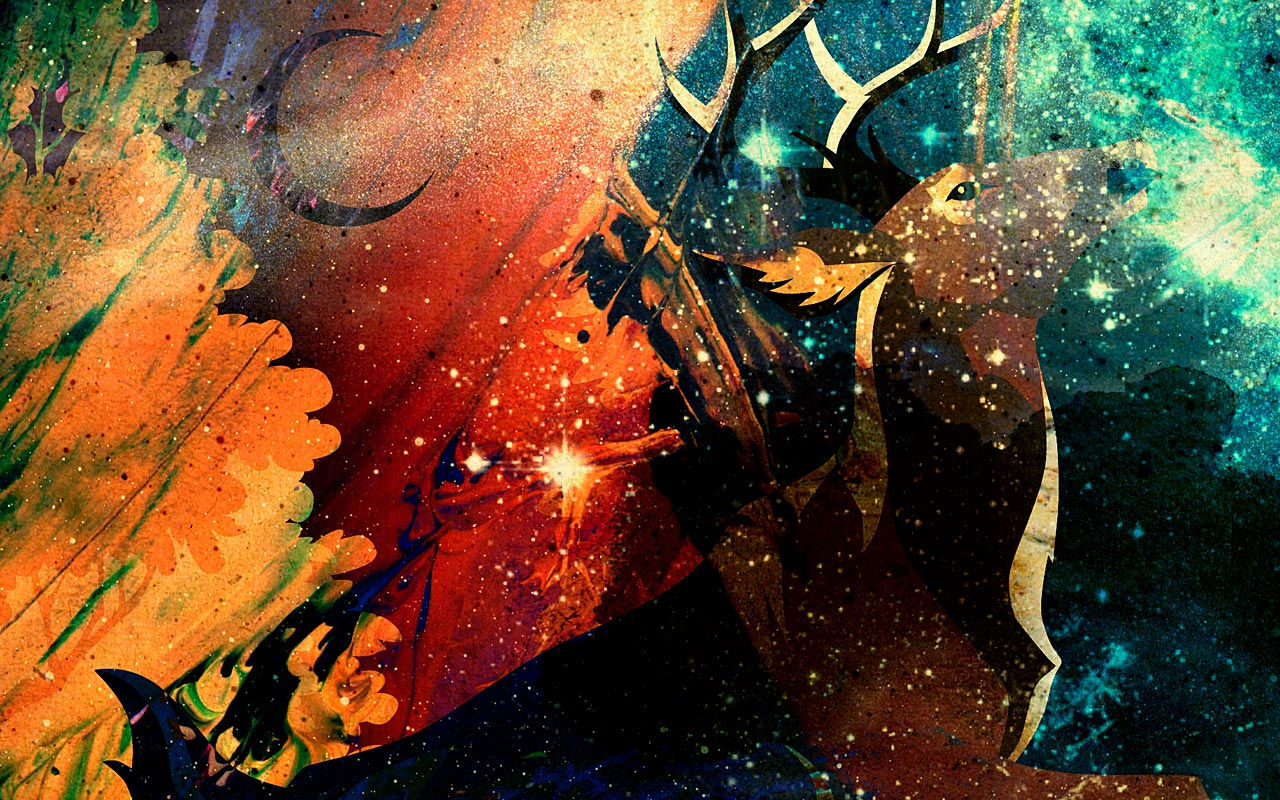
AS
The Theory of the Brahmins
Brahmins are Hindu priests. Thus, they had the divinity to be able to legitimize Southeast Asian rulers to rule in mandalas. However, Brahmins, being at the top of the caste system, were said to be more elitist and thus would not see a reason to come to Southeast Asia to legitimize rulers here. In fact, the smrti prohibition disallowed Brahmins from foreign travel and those who crossed the sea or even left India were deemed as impure.
The Theory of the Kshatriyas
Kshatriyas are the caste of warriors. The Indian influence in Southeast Asia was so pervasive and prominent, as seen in the existence of Indianized empires throughout both mainland and maritime Southeast Asia, that it seems unlikely that it would have been purely philosophical in nature. Such influence would require much power, which suggests that it could have been spread through conquest or war, something India was fully capable of.
The Theory of the Vaisyas
Vaisyas refer to the traders, including the merchants and sea-farers from India. As you will come to see later, they were many trade routes, both land and sea, linking India and Southeast Asia from early times such as the first century. Thus, it was possible for trade of ideas to occur along with trade of goods. However, a limitation is that the traders, being of lower caste, would not have the supremacy or extensive knowledge to pass on the complex concepts such as kingship, cosmology and mythology. Likewise, the would also not be able to legitimize the Southeast Asian rulers.
01
02
03
Agents of Indianization
There are three commonly discussed theories of who brought Indianization to Southeast Asia, each with its own merits and flaws in explaining the Indianization of Southeast Asia as a whole. The different agents belong to different castes in India that are often strongly identified with Hinduism. Let's take a look at the theories, their strengths and their weaknesses in trying to postulate how Srivijaya came about.